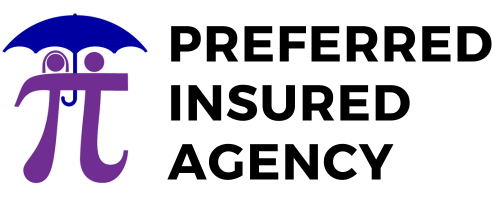Penalties
Part D Penalty
The Part D penalty is something you’ll incur if you do not sign up as soon as you are eligible unless you have other creditable prescription drug coverage.
The “creditable coverage” definition is different for Part D.
The plan must meet four requirements to be deemed creditable:
1. It must pay at least 60% of the prescription costs.
2. It must cover generic and brand-name prescriptions
3. It must offer a variety of pharmacies
4. It cannot have a benefit cap amount, OR it must have a low deductible

The Part D Penalty does not just apply to stand-alone Part D plans. It also applies to those who enroll in a Medicare Advantage plan with prescription drug coverage. In this case, the penalty will apply if the individual did not have creditable prescription drug coverage for more than 63 days.
The late enrollment penalty is considered part of the monthly premium in either case. If you pay the premium without the penalty, you may be dis-enrolled from your plan.
If an individual qualifies for the Extra Help program, the Part D penalty can be waived.
Part B Penalty

This applies to individuals who delay their Part B enrollment without having creditable coverage for 12 months or longer.
Typically, if an individual is applying for Part B during the General Enrollment Period (GEP), they will be paying a Part B late enrollment penalty. The GEP runs from January 1 to March 31 each year and is for those individuals who do not qualify for special enrollment. If you enroll during the GEP, coverage will begin on July 1.
The Part B Penalty is an additional 10% of your monthly premium for each of the 12-month periods you were eligible but did not enroll and/or did not have creditable coverage during, and
Part B Penalties can stay with you for life or for as long as you are enrolled in Part B.
Part A Penalty
Most people qualify for premium-free Medicare Part A. If you have worked for ten years or 40 quarters and paid Medicare taxes during that time (or your spouse has), you will not pay a premium for Part A.
However, if you do not qualify for premium-free Part A and choose to postpone Medicare enrollment, you will pay a Part A Penalty as soon as you do enroll. This penalty can be an additional 10% of your monthly premium. On top of that, this higher premium must be paid for twice the number of years you delayed enrollment.
Example: If you delayed enrollment for two years, you’d pay that higher premium for four years! Now there are ways to avoid the Part A Penalty and we want to help you to do so!

If you do not qualify for premium-free Part A but, you or your spouse has creditable insurance, it may be a good idea to postpone enrollment, especially if you are receiving creditable insurance from a job that may allow you to earn the premium-free Part A.
There are some Medicare Savings Programs that pay your Part A premium. We can help you determine if you qualify for one of these programs or Medicaid, overall helping you avoid the Part A Penalty.
There are many definitions of what is considered “Creditable Insurance” or “Creditable Coverage.” Medicare defines it as “coverage that is at least as good as what Medicare provides.”
If you or your spouse’s employer offers creditable coverage and you are enrolled, you may delay Part A and/or Part B enrollment without incurring a penalty.
Medigap Penalty

While there are no Medigap Penalties, enrolling during your open enrollment period will often give you the most options and get you the best rate. Delaying enrollment in a Medigap plan may also mean that you are refused a plan later or pay a much higher premium.
By completing and submitting the requested information in this form, you agree to allow a licensed sales representative to contact you regarding information related to Medicare health plans and health insurance plans, products, services and/or educational information related to health care.
Let Us Help you Avoid Penalties
Give us a call today and let us answer your questions!
